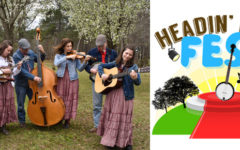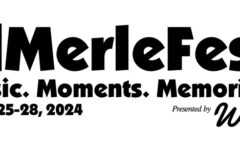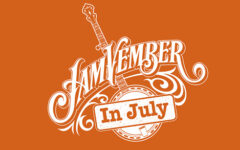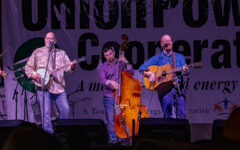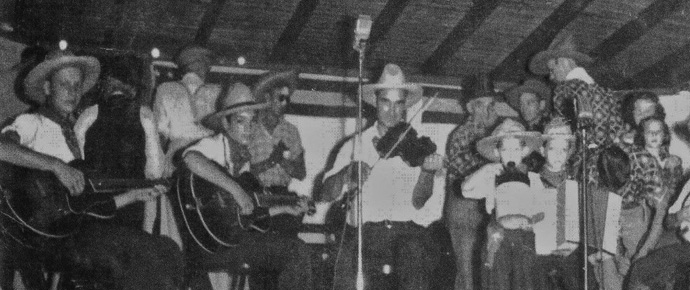
The Pennsylvania Historical & Museum Commission has approved the placement of a marker at Sunset Park, the site of the famed country and bluegrass music park in Chester County, Pennsylvania, in recognition of its historical significance.
Sunset Park was built in 1939 (and opened the following year) by G. Roy Waltman, who invited notables such as Tex Ritter and TV personalities Chief Halftown and Sally Starr to perform there, and hosted baseball games with local teams. It has been described “as a humble mecca, as befitting its place and time. An open-air stage in a grove of trees, rows of sawmill planks on cinderblocks for seats, and a day’s entertainment for a few thousand faithful itching to bust loose after church.”
Their schedule spanned Sunday afternoons during the 20 weeks of warm weather from May through September.
Son Lawrence Waltman and wife, Hazel, took over the business when his father passed away in 1957.
Later, some of the biggest names in the country and bluegrass music business played there, and it became one of the premier venues outside of Nashville. As a result, the popularity of these music genres was spread across a wider area.
The Waltmans booked acts like Loretta Lynn and Ernest Tubb, Tex Carson and Conway Twitty, Hank Snow and Hank Williams, Dolly Parton and Kitty Wells, Johnny Cash and Randy Travis, among others.
Bluegrass icons Bill Monroe, the Stanley Brothers, Flatt & Scruggs, Reno & Smiley, Mac Wiseman, Jimmy Martin, the Stoneman Family, Bill Clifton, and other greats also made regular appearances at the park.
“We started out kinda cowboy and changed to country and bluegrass,” said Lawrence Waltman.
Ola Belle Reed – with Hazel Waltman often on mandolin with her – played here for over 20 years, with the Sunset Park house band, the North Carolina Ridge Runners.
As the concert seasons evolved, families stayed around all day on Sundays, sitting in portable lounge chairs and enjoying the food that they had brought with them. Admission ranged from 10 cents in the early days to $10 in the closing year of 1995; closure being due to competition from the arena concert culture of that time.
The proposed location for the marker is by the junction of Waltmans Lane and South Jennersville Road (PA Highway 796), close to the site of the former entrance to Sunset Park.
The suggested text for the marker, as proposed the nominator, R. Scott Steele, is as follows ..
“Many of country and bluegrass music’s greatest stars played their favorite songs on the state here at Sunset Park, the outdoor music park operated by the Waltman family from 1940 to 1995. Sunset Park, offering the intimate, $1 a carload, Sunday picnic concerts, helped create stars and supported the transition of the ‘hillbilly’ music of the pre-World War II south into the nationally popular country music genre.”
The date when the sign is to be erected on site has not been determined yet.
This short video has clips of a baseball game at Sunset Park.
While this video from the Leon Kagarise’s Country Music Archive shows personalities talking about country music parks, the New River Ranch, Rising Sun, Maryland, as well as Sunset Park (the segment devoted to Sunset Park begins just before the two-minute mark). There’s a typically energetic performance from the Stoneman Family.
The Pennsylvania Historical and Museum Commission is the official history agency of the Commonwealth of Pennsylvania.
Last month (March 2018), the organisation approved 15 other new state historical markers.

